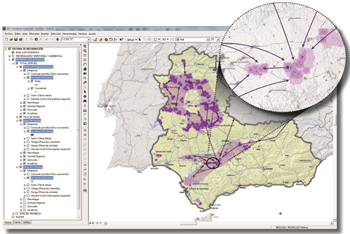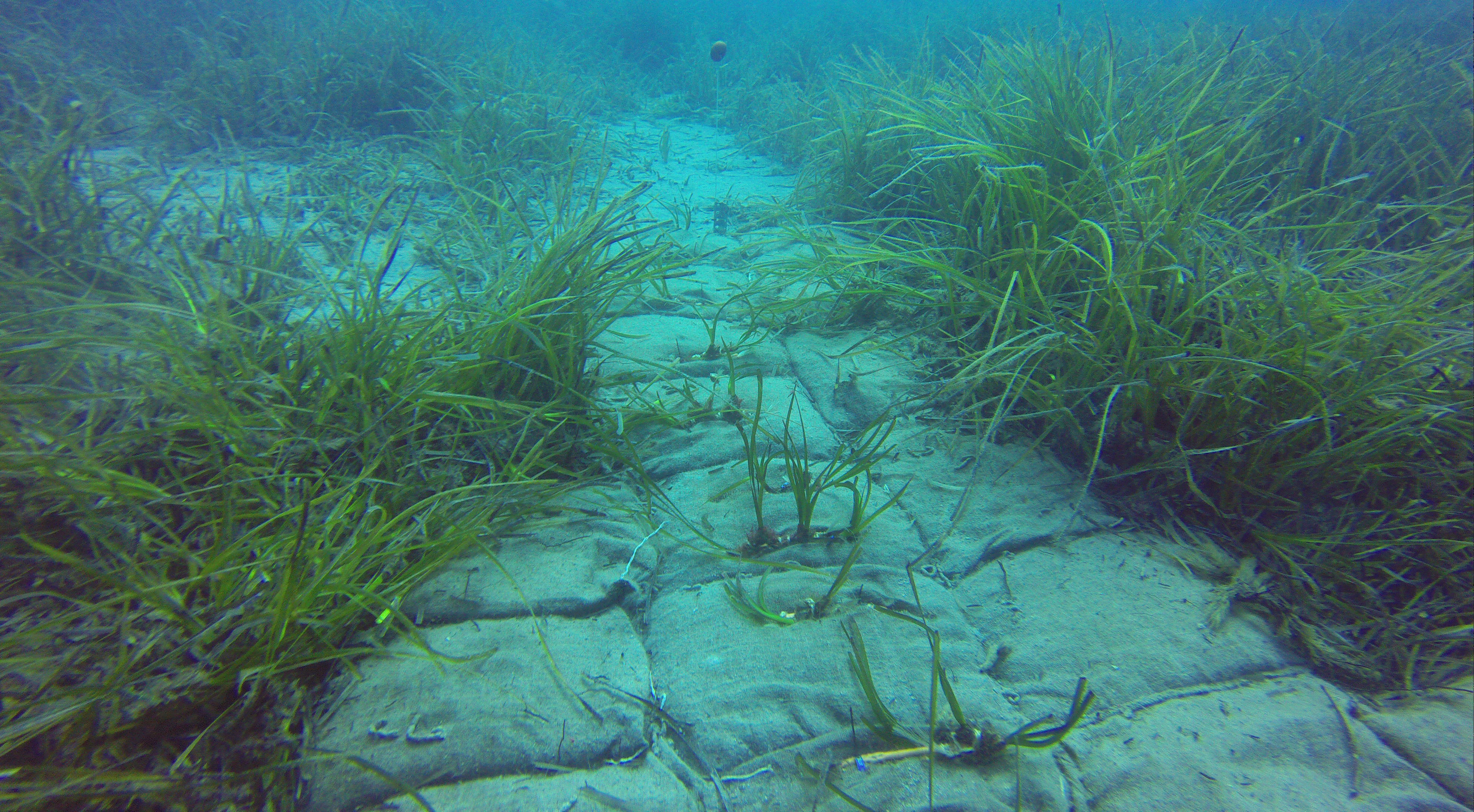We are a global operator of essential infrastructure
Birds and power lines. Mapping of bird flight paths
Tool based on the use of Geographic Information Systems (GIS) that integrates data from bird flight paths (areas where birds are present and their routes) to prevent impacts on birdlife during the planning and construction stages for new power lines, and to prioritise mitigating actions for existing lines. The project is part of an extensive program of actions carried out by Red Eléctrica regarding the environment and the conservation of biodiversity and arises from the quest for solutions to the problems arising from the interactions between birds and power transmission lines, primarily the collision of birds with power lines when in flight.
Recognition:
- European Business Awards for the Environment 2014 in the special category Business and Biodiversity, initiative called and managed by the Directorate-General for the Environment of the European Commission.
- Recognised by the EFQM as a 'Highly Commended' good practice project.
- Recognised by the Renewables Grid Initiative (RGI) in the "Good Practice of the Year" awards in the "Environmental Protection" category as a favourite among the members of the jury.
Nation-wide
Project deliverables obtained are:
- Geographic information system of bird flight paths.
- Bird sensitivity maps.
- Bird risk maps.
In 2017, the Multi-Year Line Marking Plan for 2017-2023 was set in motion, which actually is a continuation of the Plan carried out between 2015 and 2016 which gave way to the marking of several sections of transmission line in the Balearic Islands and the Canary Islands. The new Plan foresees marking more than 500 kilometres of line with bird-saving devices with the goal of reducing the potential risk of birds colliding with the electricity transmission lines.
2010-2016
- Asistencias técnicas CLAVE, S.L.
- Doñana Biological Station (CSIC)
- The public administrations with the competent authority over environmental matters of the 17 autonomous communities
- Conservationist Associations
- Noteworthy projects: Mapping of Bird Flight Paths’ Project
- Press release: Red Eléctrica will mark more than 500 kilometres of high-voltage electricity lines with bird-flight diverters
- Press release: Red Eléctrica, receives recognition at the European Business Awards for the Environment
- Press release: Red Eléctrica presents the 'Mapping of bird flight paths' project to environmental specialists from the Balearic Islands















